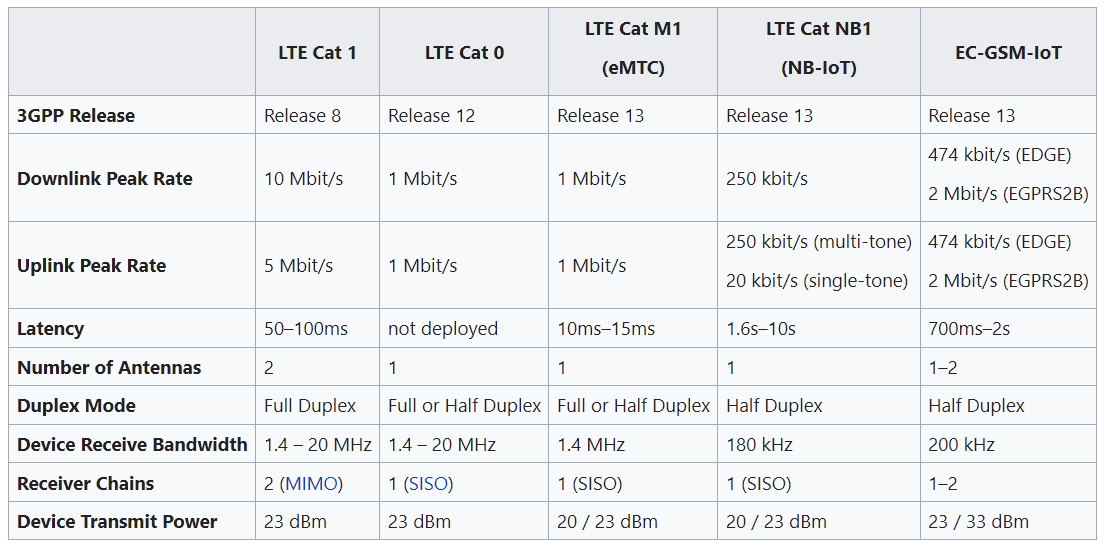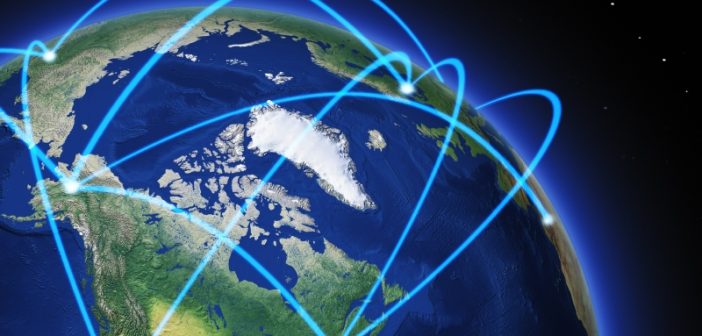When we talk about the widespread use of the IoT, we must keep in mind three major aspects organisations are considering when they deploy devices: price (including device and communication costs – data volumes and bandwidth), coverage and power consumption. So the challenge is how to optimise these three key decision factors while implementing an IoT solution.
Since its launch in 2012, we’ve heard lots of buzz and hype about 5G – which promises more speed, much larger bandwidth, low latency and higher coverage – and how that can or will be the key driver for organisations, finally, investing in IoT by deploying devices everywhere in anything.
Although 5G will play an important role in the Internet of Everything Everywhere (IoEE), will it be playing the key role?
Market maturity
Let’s look at market maturity. From the devices angle, some producers made investments in 5G, but are on hold waiting for a response from the telecoms. The telecoms in multiple countries are still waiting for the licensing process and its related costs. And for organisations – public or private sector – the state of the art is, unfortunately, still very embryonic.
In 2017 a new Cat-NB1 LTE/4G chipset was launched, which was promoted as having optimised power consumption for better battery(ies) use. In addition to that, the US and Europe are investing and working on implementing an LPWAN (low power wide area network) based on Cat-NB1/M1 LTE/4G, optimised for connecting low power consumption devices to mobile networks, making this technology optimal for transmitting intermittent data from remote locations. In addition, there’s also the Cat-M1 half- and full-duplex, which can be used for higher speeds, small response times and broader coverage (see table below).
Edge devices are getting more powerful (having more storage, more memory, and higher performing CPUs and GPUs) and more energy efficient. They are also adopting Cat-NB1/M1 LTE/4G, and all this at a better cost.
Deploying AI on the edge is now possible, allowing organisations to run self-learning decision management applications. This dramatically reduces the need for transferring huge amounts of data, either to on-premises data centres or the cloud, which means organisations can satisfy communication needs with LPWAN and LTE/4G chipsets designed for interconnecting with existing mobile networks.
5G is not the catalyst for getting IoEE
Because this successfully addresses the three key decision factors – price, coverage and power consumption – my opinion is that 5G isn’t the catalyst for getting IoEE. Rather, it is edge computing and the ability of deploying autonomous decision management systems based on advanced analytics and/or AI (encompassing machine learning and deep learning) capable of treating image (video/photo) and natural language processing on the edge and/or near the edge.
That said, 5G, when really available and accessible (very likely due to the expected license costs) initially will be pushed to the consumer market in new smartphones, smart TVs, tablets and gaming platforms. This will drive a new era in human-machine-human interaction, where virtual and augmented reality will be at the centre. And not long after, enhanced or extended humans (humans operating virtually in far locations) will become normal and part of the IoEE, which in the meantime will have evolved from tight integration with 4G and 5G networks.
Independent of communications technology, the key driver of the IoT and IoEE is wide use of AI on edge computing, supported by LPWANs on Cat-NB1/M1 LTE/4G. Which all the while will grow the need for what 5G promises to deliver.


